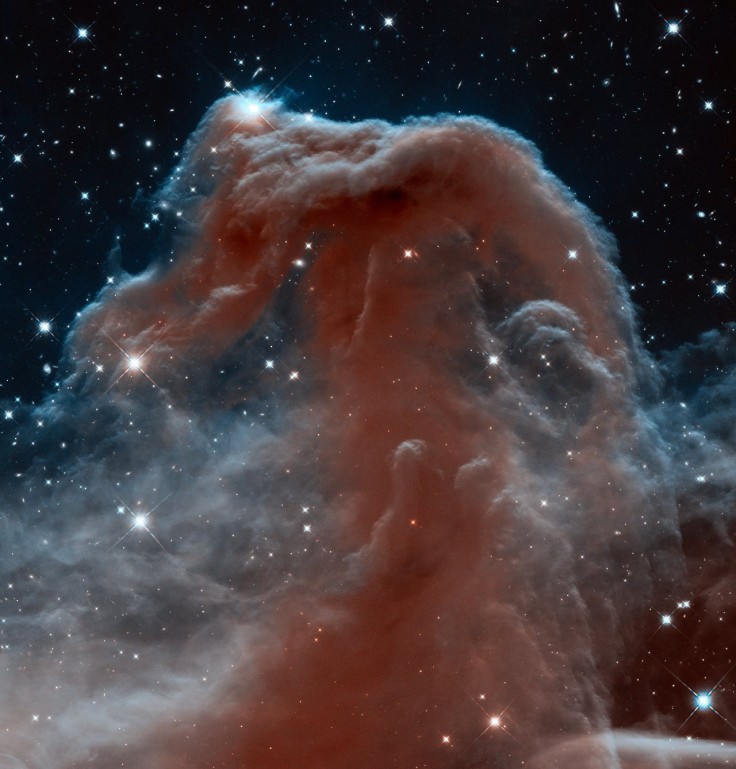It is finally Saturday once again and you know what that means for us here at iTech Post! It is time for another #SpaceSnap feature! If you are encountering Space Snap for the first time, it is a weekly feature we do that shines the spotlight on photos taken by different observatories of what they are able to spot in space.
Today, we feature yet another photo taken by the Hubble Space Telescope. It is an image taken of a nebula and released in celebration of the Hubble's 23rd anniversary.
What is a Nebula?
Before we reveal the image, let us first define what a nebula is.
Space Center Houston defines nebula as "an enormous cloud of dust and gas occupying the space between stars and acting as a nursery for new stars." The word nebula in Latin means mist, fog, smoke, or vapor.
Space.com notes that nebulae (the plural form of nebula) come in different types based on their form and composition. Its article also notes that nebulae play a very important role in the life of star, beginning from its birth until its death.
Related Article : [IN PHOTOS] Snaps of Nebulae Named After Animals Taken by the Hubble Space Telescope
Hubble Space Telescope's 23rd Anniversary Image

Now that we have discussed what a nebula is, we can now talk about the nebula that the Hubble Space Telescope photographed for its 23rd anniversary.
Release in 2013, the 23rd anniversary image of the Hubble features Barnard 33, otherwise known as the Horsehead Nebula. It is located in the constellation Orion. Specifically, it can be found near a star named Alnitak in Orion's Belt, according to Astronomy.
"This image shows the region in infrared light, which has longer wavelengths than visible light and can pierce through the dusty material that usually obscures the nebula's inner regions," the European Space Agency (ESA) says of the image.
The Hubble Space Telescope
Named after astronomer Edwin Hubble, the Hubble Space Telescope is one of the largest space telescopes ever built. A joint prohect between the National Aeronautics and Space Administration (NASA) and ESA, it was launched into low Earth orbit on April 24, 1990 from the John F. Kennedy Space Center in Florida.
The Hubble is one of NASA's Great Observatories, along with the Chandra X-ray Observatory, the Compton Gamma Ray Observatory, and the Spitzer Space Telescope.
It is currently orbiting our planet at an altitude of approximately 332 miles. It travels at the speed of around 17,000 miles per hour. This means that the Hubble is able to complete one full orbit around the Earth in just 95 minutes.
NASA has clarified that the newer James Webb Space Telescope is not meant to replace the Hubble Space Telescope. Both telescopes have different capabilities and they are actually meant to work with one another.









